Our Work is Not Done. Opportunities to Make EBF More Equitable are Worth Exploring
4 minute read
“Continuous improvement” is undeniably a buzzword. But the concept – using data and evidence to consistently assess and improve upon policy solutions – is critical. When it comes to school funding, this approach helps ensure that funding systems are increasing equity and prevents formulas from becoming disconnected from student needs and real-world costs.
Resolutions SR900 and HR722 embrace the need for continuous improvement in Illinois’ school funding approach by directing ISBE and the state’s Professional Review Panel (PRP) to continue building on some incredibly important work.
Last spring, HB2170 – the education omnibus spearheaded by the legislative Black Caucus – charged the PRP with exploring how Illinois’ K-12 funding formula might increase equity in several areas. SR900 and HR722 elevate these findings and chart a course for the work ahead, laying out concrete next steps to move this work forward in the coming year.
The PRP’s report, though dense, is well worth the read. It’s packed with research and policy considerations for how the formula might better capture educational costs related to promoting racial equity, addressing needs of students exposed to trauma, supporting students living in concentrated poverty, and providing equitable access to foreign language instruction. It tackles big questions like: Might the formula do more to close stark racial equity gaps in resources that persist between districts in Illinois? Can it better reflect the costs of supporting students’ social emotional learning and mental health in the long term, especially in light of increased exposure to trauma resulting from the COVID-19 pandemic?
The group’s findings suggest that, although the formula already makes progress in many of these areas, there is still room for improvement. And, although the bar for changing the formula should be high in light of evidence that it’s successfully beginning to close gaps, any opportunity to make the Evidence-Based Funding (EBF) formula “more perfect” is worth exploring further.
Even as the state continues to fund the formula by investing a minimum of $350 million into schools through EBF each year, we must make sure the formula accurately reflects the costs schools bear to serve their students well. With the majority of districts still below 70% of adequacy, our work is not done, and it matters that we drive new dollars where they are needed most.
SR900 and HR722 make the powerful statement that state leaders think it’s worth taking the next steps to figure out if, and how, adjustments to the EBF might be needed and made. That means modeling potential options, making space for discussions that include diverse stakeholders, and ultimately using data to inform decisions. It’s exciting to see this commitment to continuous improvement and equity from leadership – Illinois' kids deserve nothing less.
Melissa Figueira is a Senior Policy Advisor at Advance Illinois

